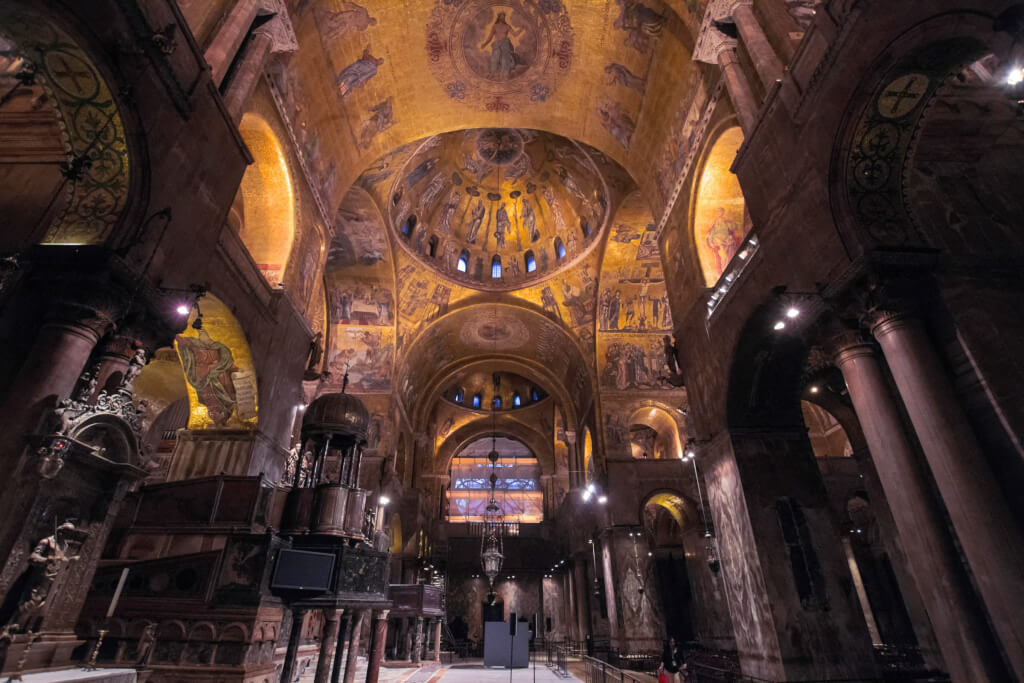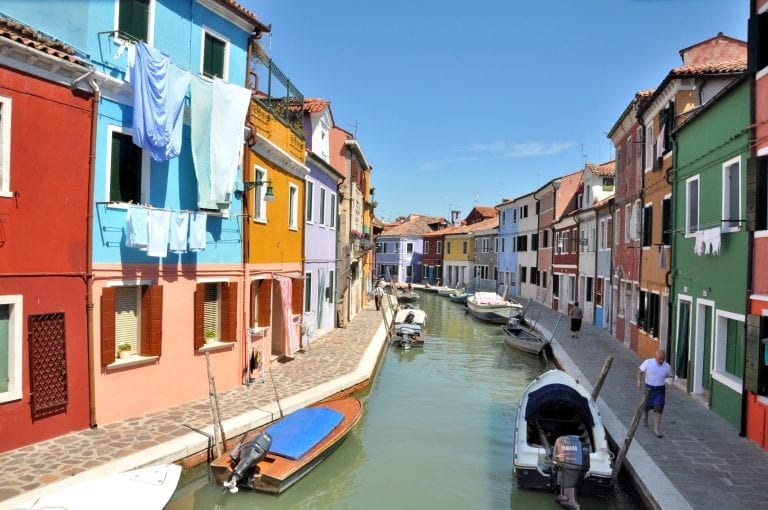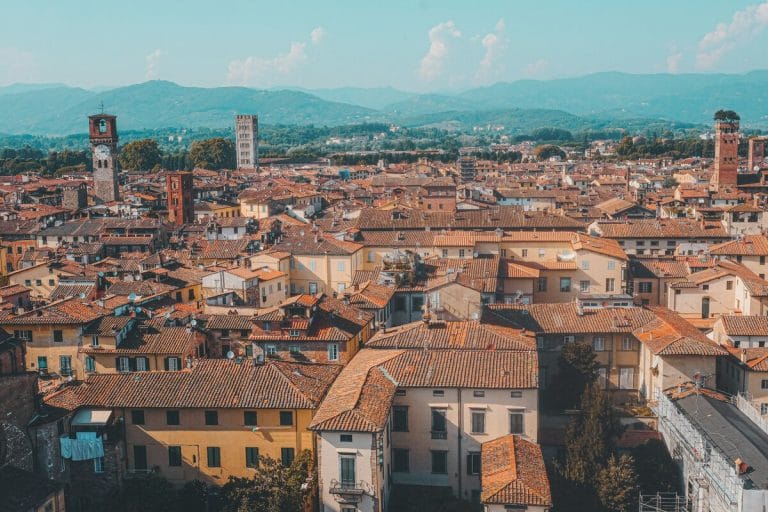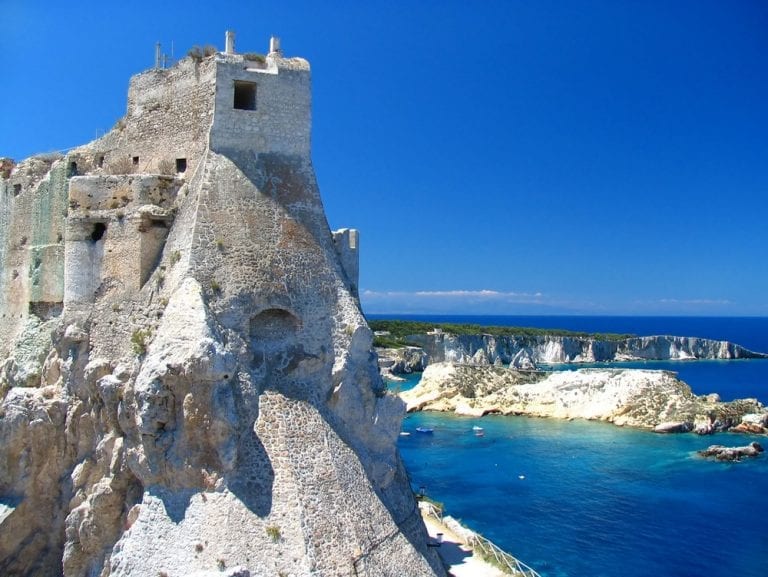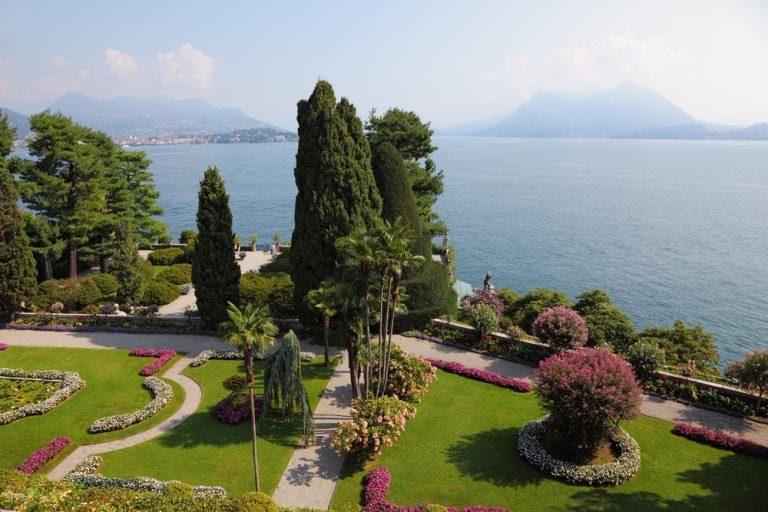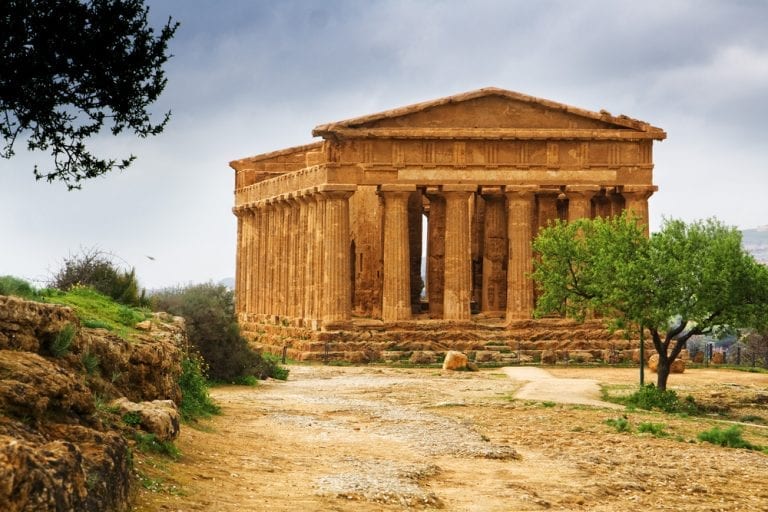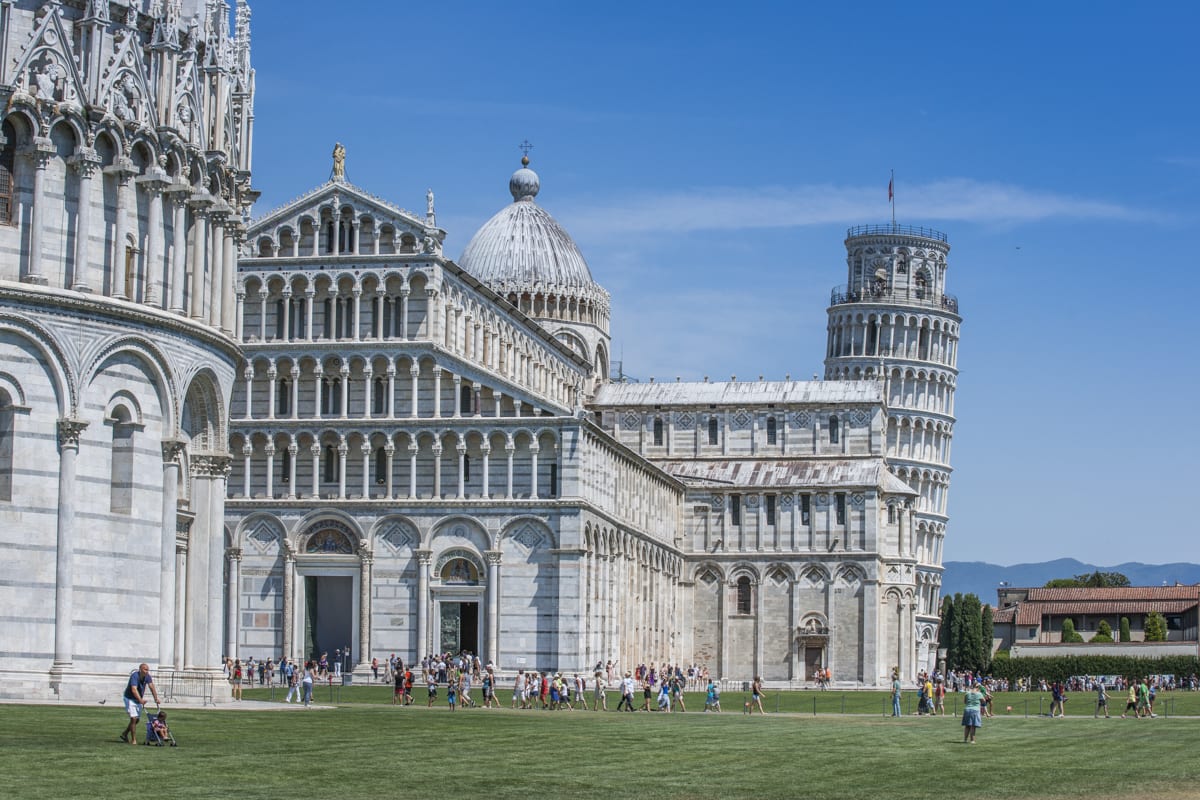
11 Amazing Facts About the Leaning Tower of Pisa
October 17, 2024
The Leaning Tower of Pisa, with its equal helpings of beauty and folly, is one of the most recognizable buildings in the world.
Moreover, behind that famous tilt is a fascinating history, including plundered loot, treacherous subsoil, hundreds of years of engineering missteps and one proud Italian dictator.
If you’ve ever wondered how history’s most famous architectural mishap went down, here are 11 fascinating things about the Leaning Tower of Pisa.
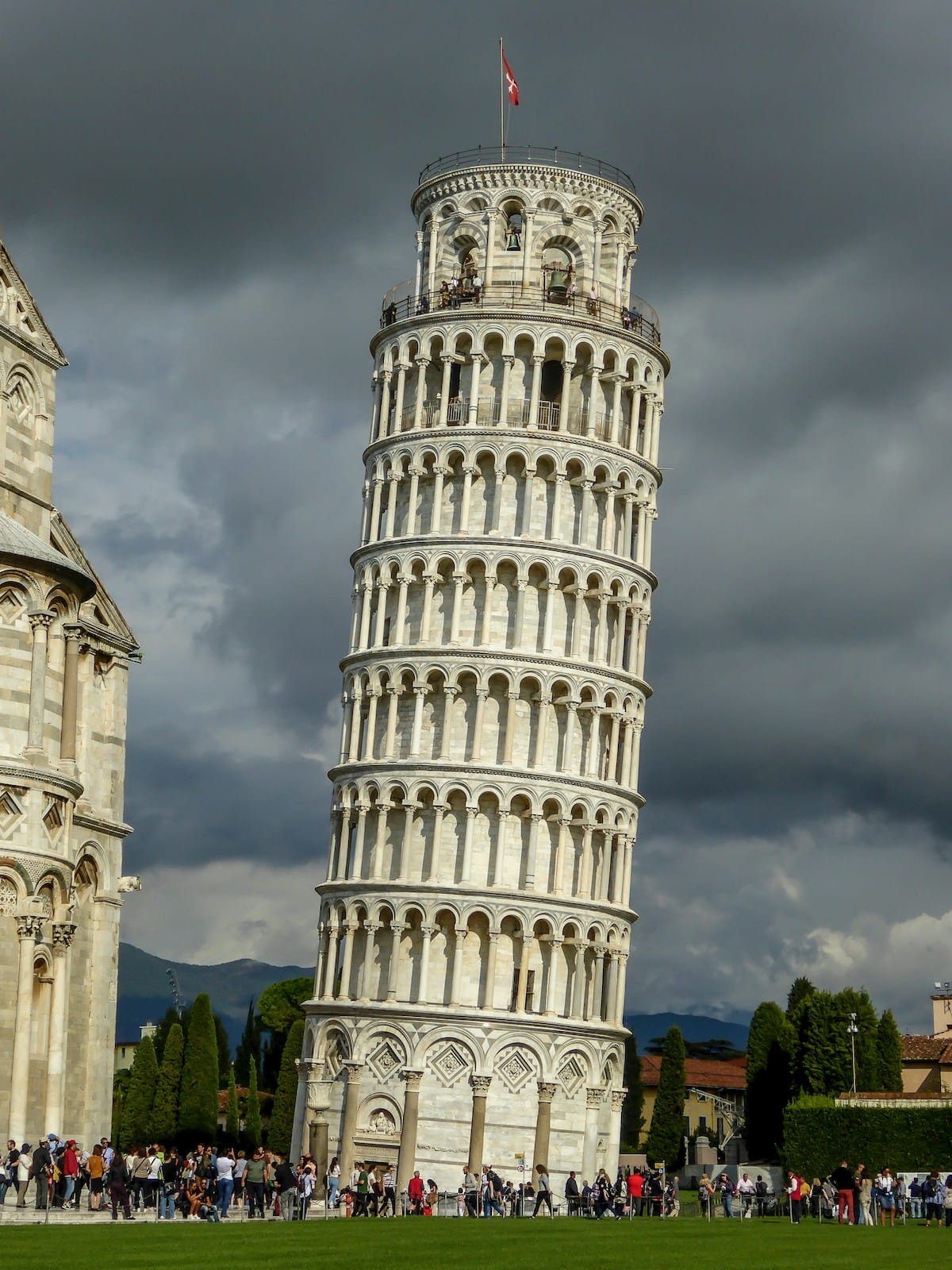
It doesn’t matter how many times you’ve seen it, looking at it in person will always amaze you. Photo credit: Ray Harrington
Table of Contents
ToggleThe tower was built to show off (with stolen money)
The 12th century was a good one for Pisa. The city’s military, commercial, and political importance grew as their once small seaport became a regional powerhouse. Of course, like any prosperous medieval Italian city, Pisa began to invest its new wealth in the construction grand buildings.
After sacking Palermo in 1063, the city’s government needed a place to display all of the treasures that adventurers had brought back from Sicily, so they decided to construct the “Field of Miracles,” also known as the Square of Miracles, which would eventually be home to a Cathedral, Baptistery, cemetery, and one very tall bell tower.
In fact, the bell tower was meant to be the tallest of its age, and probably would have been if circumstances hadn’t thrown a wrench into the works.
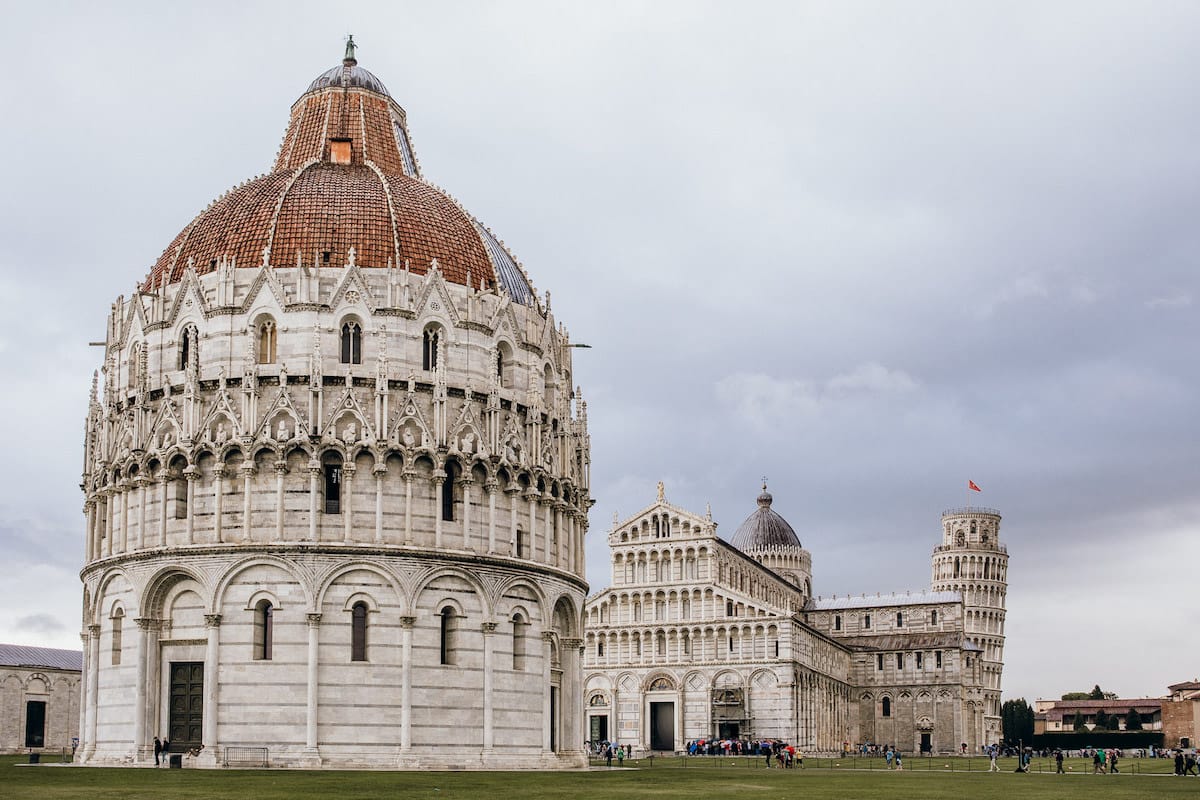
The Field of Miracles was built to show off the growing power of the city, but the tower was never meant to be leaning.
The lean didn’t happen overnight
Given that the name Pisa comes from the Greek word for “marshy land,” you would think that the cathedral’s architects would have taken the subsoil into account while building a very tall bell tower. Spoiler alert: they didn’t.
By giving the tower a shallow and relatively heavy foundation, they inadvertently doomed it from the outset. It wasn’t until the second story was being built that the tower began to sink on one side. Unfortunately, by then it was too late to turn back.
As construction continued, the builders tried to offset their mistake by adding taller columns and arches on the south side of the tower. But, by the time they reached the fourth story (out of a planned eight), they had to make the arches on the south side a full two inches taller than those on the north, and the tower still continued to lean.
Unsure of what to do next, the builders halted construction for almost a century.
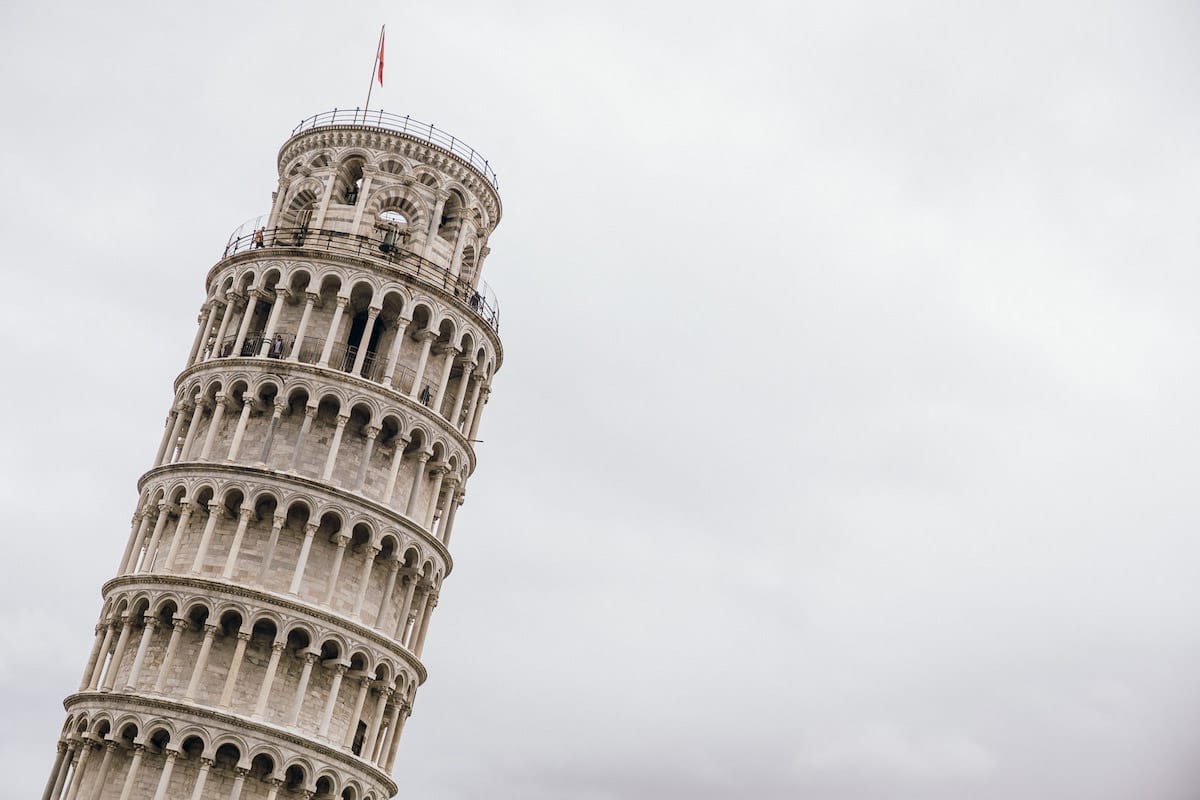
The lean certainly didn’t happen overnight, but the builders knew about it during construction.
It’s not the only leaning tower in Pisa
Due to the soft subsoil of the entire area, there are actually several leaning towers of Pisa. You can see two others in Pisa’s Borgo Stretto.
The bell tower of the Church of St. Nicola is perhaps the most famous, after the official Leaning Tower of Pisa. Built around the same time as the tower, in 1170, this octagonal bell tower also boasts a slight but unmistakable slouch.
There’s also the bell tower at the church of St. Michele degli Scalzi, located on Viale delle Piagge. Actually, the name “Piagge” comes from the Latin for “low plains prone to flooding.” For all the genius of medieval Pisans, they weren’t particularly good at heeding historical warnings.
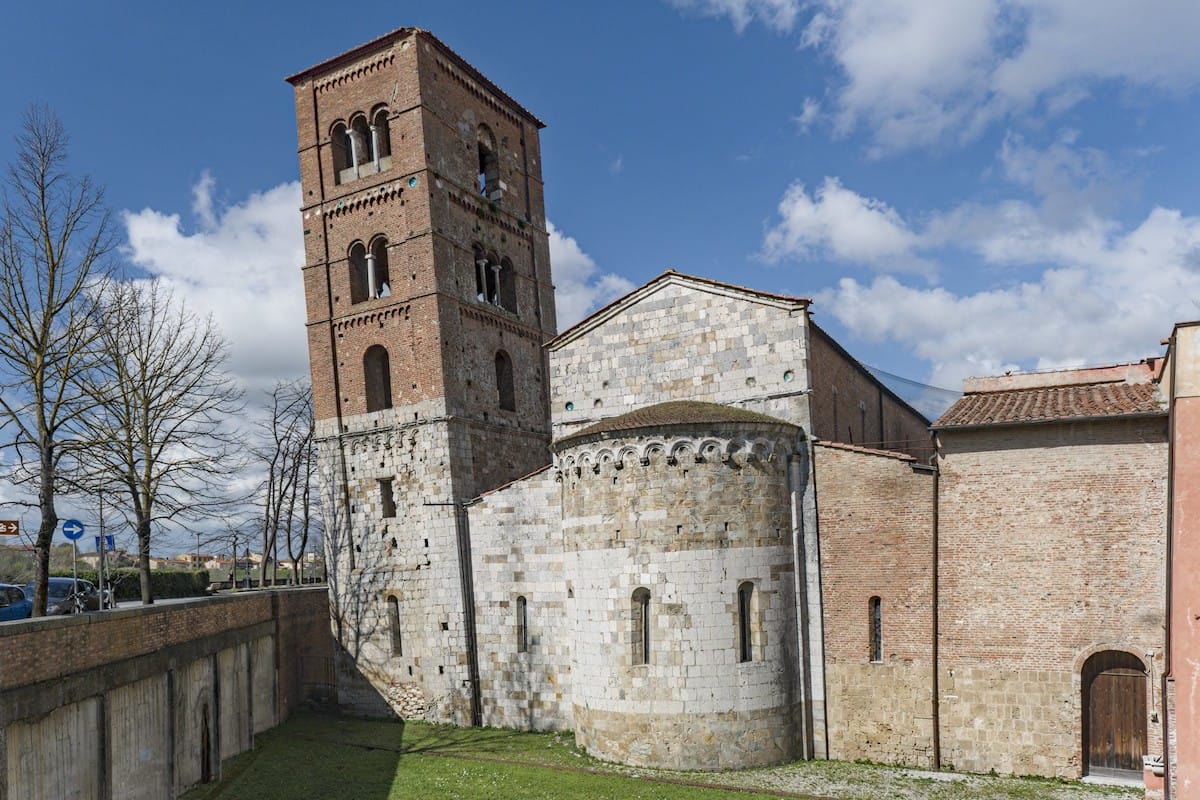
You’ll have to look twice to make sure what you’re seeing in real in San Michele degli Scalzi, too. Photo credit: Rob Oo
The tower has leaned in multiple directions
Multiple engineers tried, over hundreds of years to correct the famous lean. With little to no success.
When construction began again on the third story, in the 13th century, engineers tried to stop the tilt by building straight upwards, but the center of gravity was thrown off and the tower simply began to lean in a different direction.
As construction continued, the tower eventually settled back into its southward tilt, where it has stayed ever since.
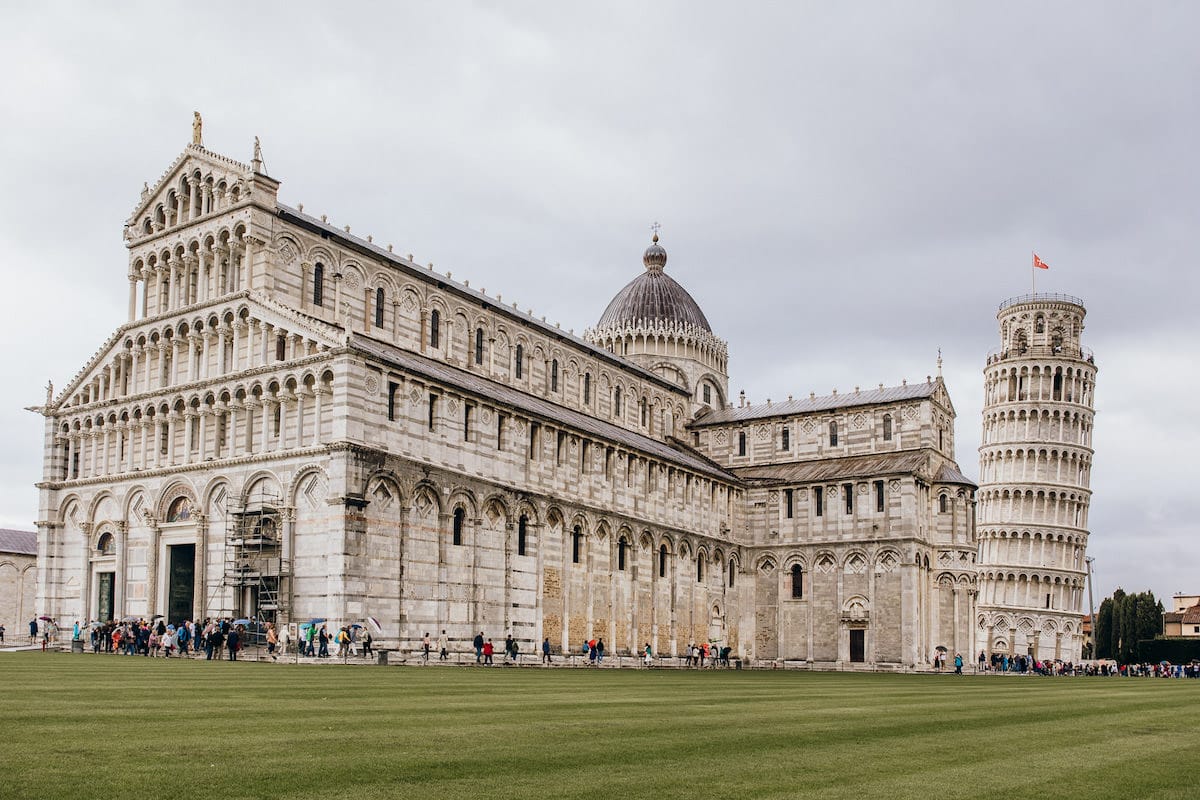
A mishap made the Leaning Tower of Pisa famous, and now it’s a symbol of Italy.
The lean creates some interesting imbalances
The leaning tower of Pisa was supposed to be 60 meters tall (196.85 feet). After the lean, however, the highest side of the tower reaches a mere 56.67 meters (about 186 feet), while the lowest side is 55.86m, or 183 feet.
By 1990 the tower had reached a tilt of 5.5 degrees, nearly 15 feet from its base, and enough to topple it over, by most calculations!
Luckily, this considerable tilt was enough to overcome the world-famous inertia of Italian bureaucracy and kick start a massive restoration program that reduced the tilt to only 3.97 degrees.
Because of the tower’s original list, the north side staircase has something like 296 steps to the top, while the south side has just 294.
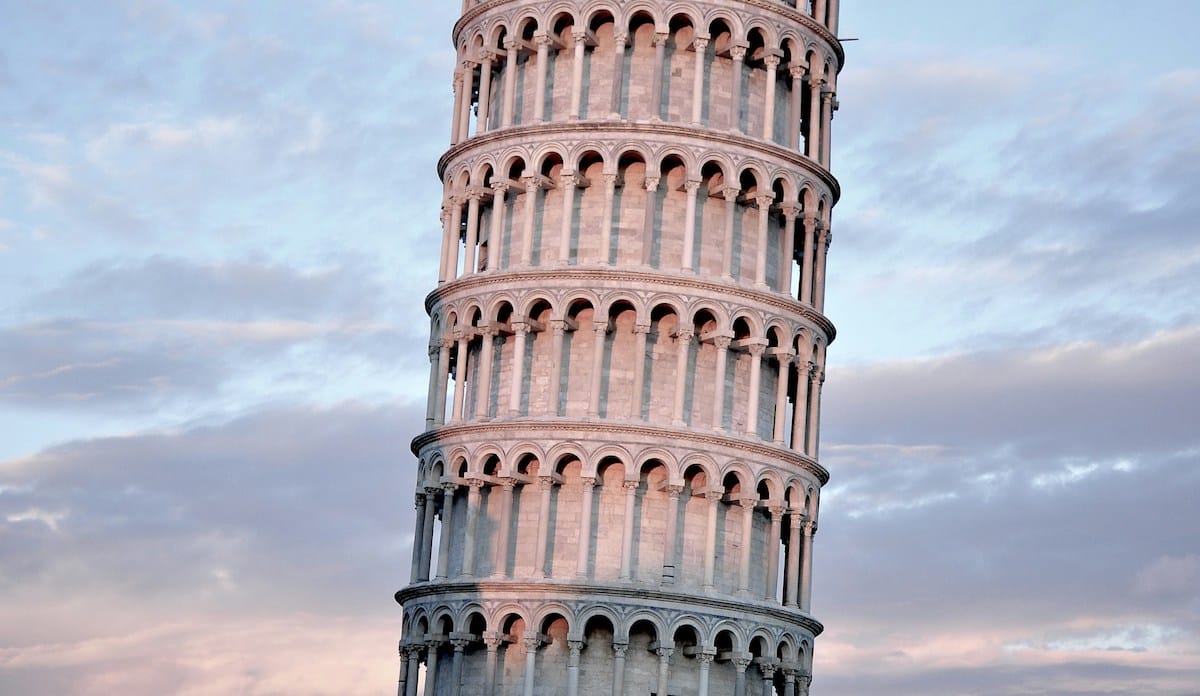
There was a time where it could’ve fell for real. Photo credit: Davide Ragusa
Wars and economic strife may have saved the tower
Debt and war typically have not been boons to great construction projects in Italy, but in the case of the Leaning Tower of Pisa, they may have just been a saving grace.
Some structural engineers theorize that continued delays in construction over 200 years may have given the soil underneath the already-slightly-leaning tower time to compress, ultimately saving it from toppling over.
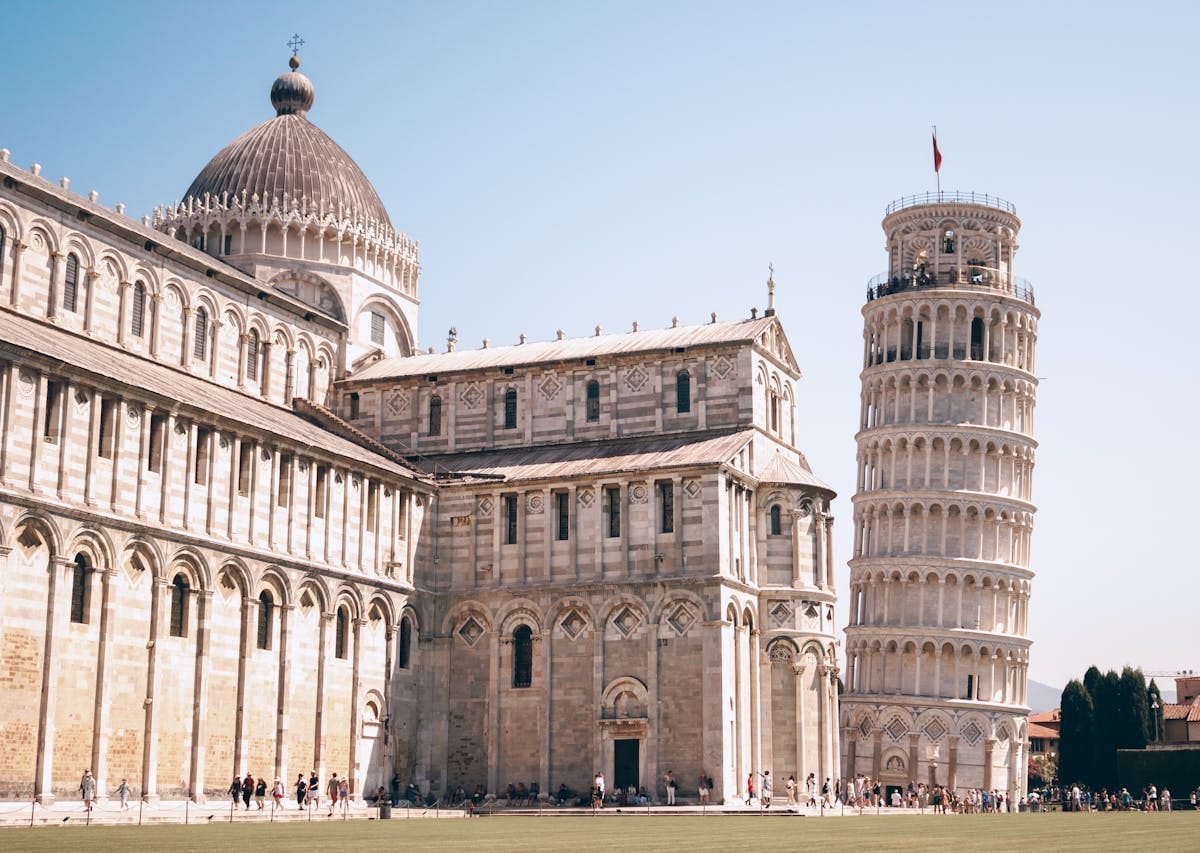
Were delays another of the factors that saves the Tower of Pisa from falling? Maybe. Photo credit: Ozan Tabakoğlu
You can climb to the top
That’s right! The most famous structurally unsound building in the world is open to visitors.
Seriously though, since its restoration and slight un-tilting, the structure’s integrity is monitored constantly. The building hosts large numbers of visitors every day, so if you want to climb to the top, you should book tickets in advance.
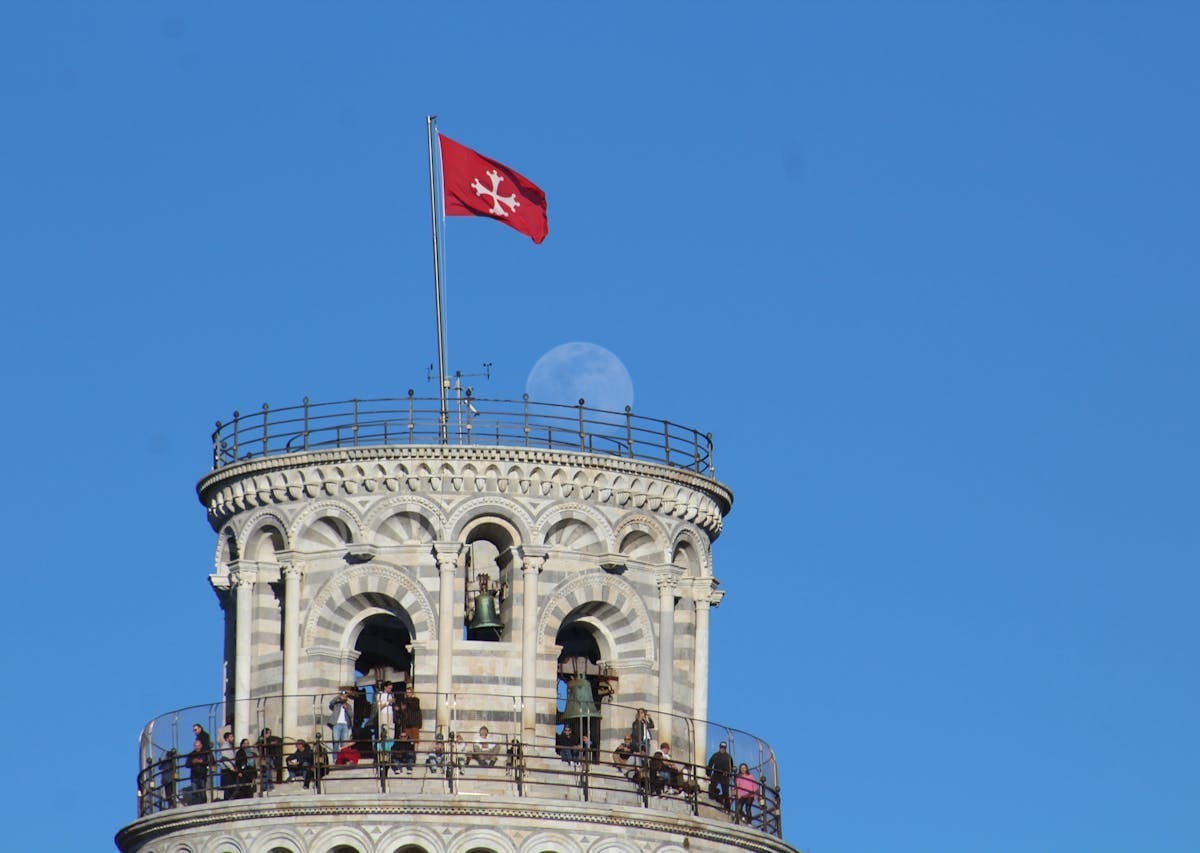
If you want to climb the Tower of Pisa, remember to buy your tickets in advance. Photo credit: Dresden Benke
The seven bells at the top have not rung since last century
Each of these large bells (the largest weighs nearly 8,000 pounds) represents a musical note from the major scale.
Even though you can still see them if you climb to the top of the tower, they haven’t tolled since the 20th century. By now, you can probably guess why.
Restorers and engineers worried that their movements would make the tower lean even more.
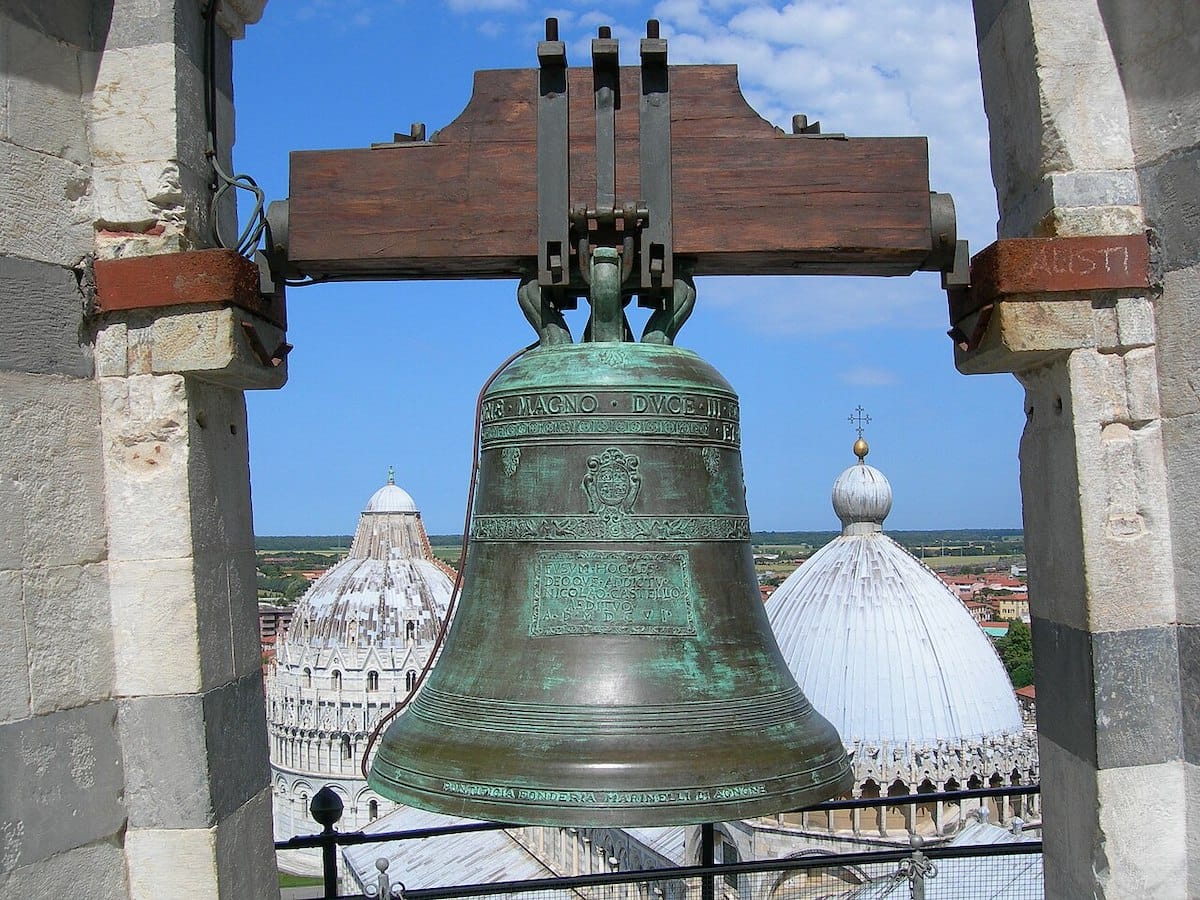
These bells haven’t tolled since the 20th century, as it may be dangerous. Photo credit: Nicola Castello
Mussolini hated the tower and made it worse
Italy’s 20th-century dictator, Benito Mussolini, was ashamed of the Leaning Tower of Pisa. He considered its mistaken construction and subsequent lean a national disgrace, an embarrassment to Italy’s reputation.
So, as with many of the things that he considered shortcoming of Italy, he set out to fix it. Unlike some of his other projects, like draining the swamps of Sicily, it didn’t go well.
The idea was to drill hundreds of holes in the base of the tower and pump in grout and mortar to, essentially, ballast the entire structure and set it straight.
In reality, all this accomplished was to create an even heavier base that made the tower lean even more than it had before.
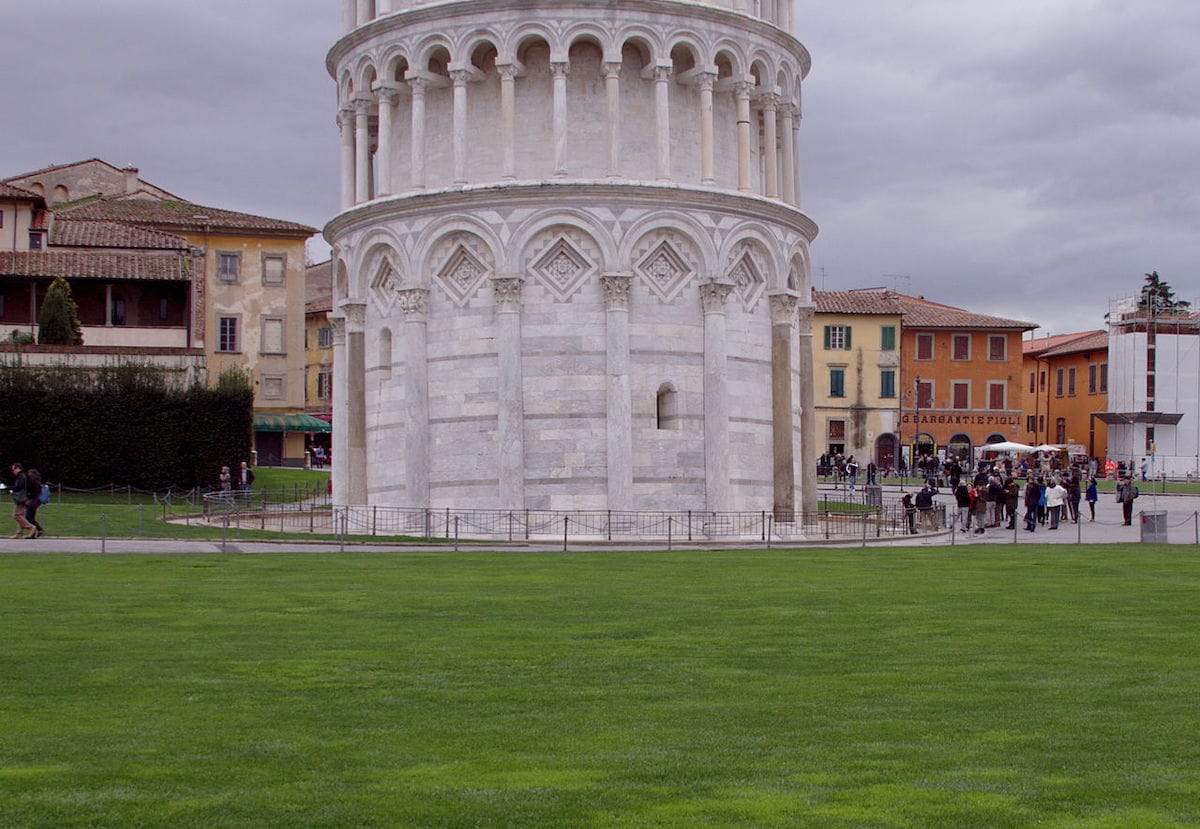
Trying to fix it, Mussolini made the tower lean even more. Photo credit: Jbribeiro1
The Allies intended to destroy the tower during WWII
American soldiers had orders to tear down any and all buildings in Italy that could serve as lookout points, or “nests,” for enemy snipers during World War Two.
In fact, the Germans who were occupying Italy at the time did often use the tower as a lookout, but it’s said that when the Allies arrived they were so impressed by the beauty of the Leaning Tower of Pisa and the surrounding Field of Miracles that they decided not to level the area.
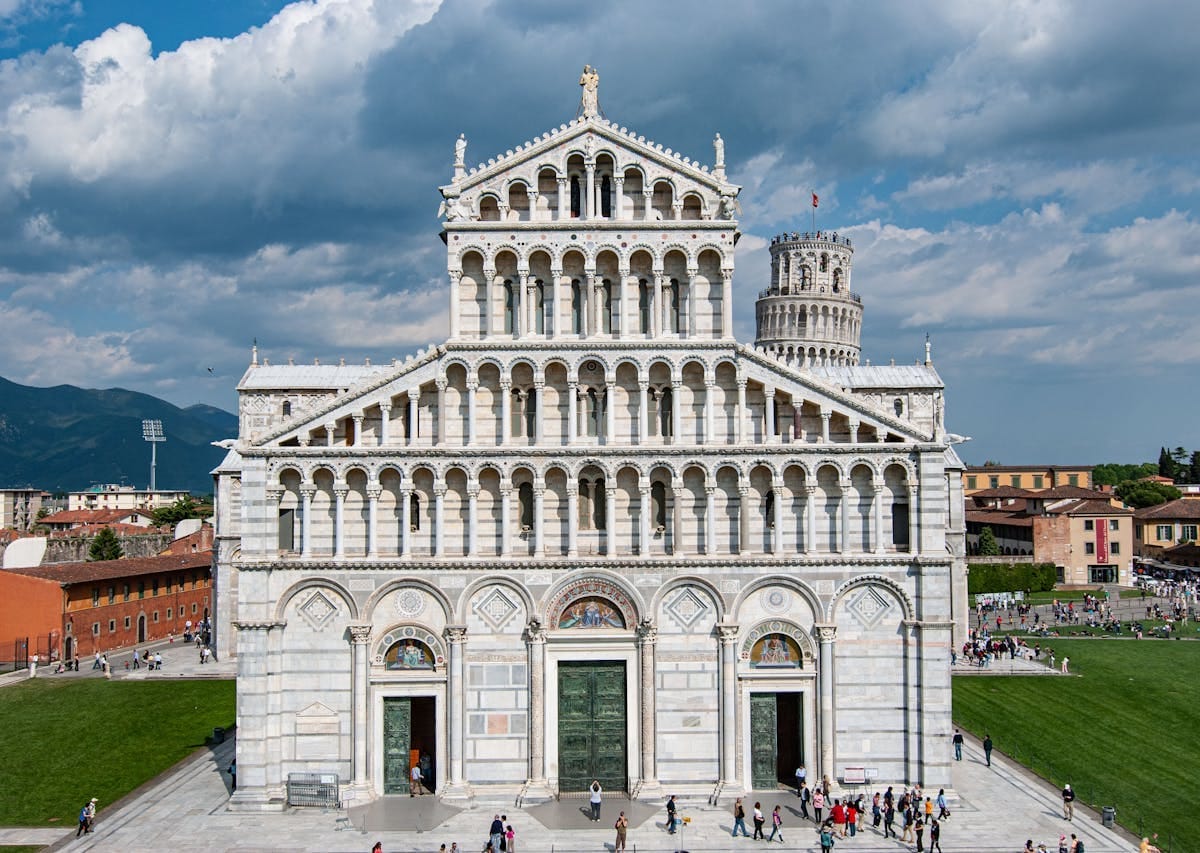
Entering the Square of Miracles is breathtaking, now and always. Photo credit: Siegfried Poepperl
The tower is currently stable
The tower has survived centuries of well-meaning but misguided attempts to right it, including various engineers who added levels and arches of all different heights, and one overzealous group who dug around the tower to open an underground tour (which only helped to fill the area with even more water).
But someone finally got it right in the 21st century, and as of 2001, the tower was officially declared stable for at least the next 200 years.
In 2008 engineers found that the tower is officially no longer moving. The first time in its history that it hasn’t been slowly listing to one side. 200 years from now, let’s just hope we have the technology to save the tower for another 200.
If you’re visiting the Square of Miracles we suggest that you write down what to do in Pisa.
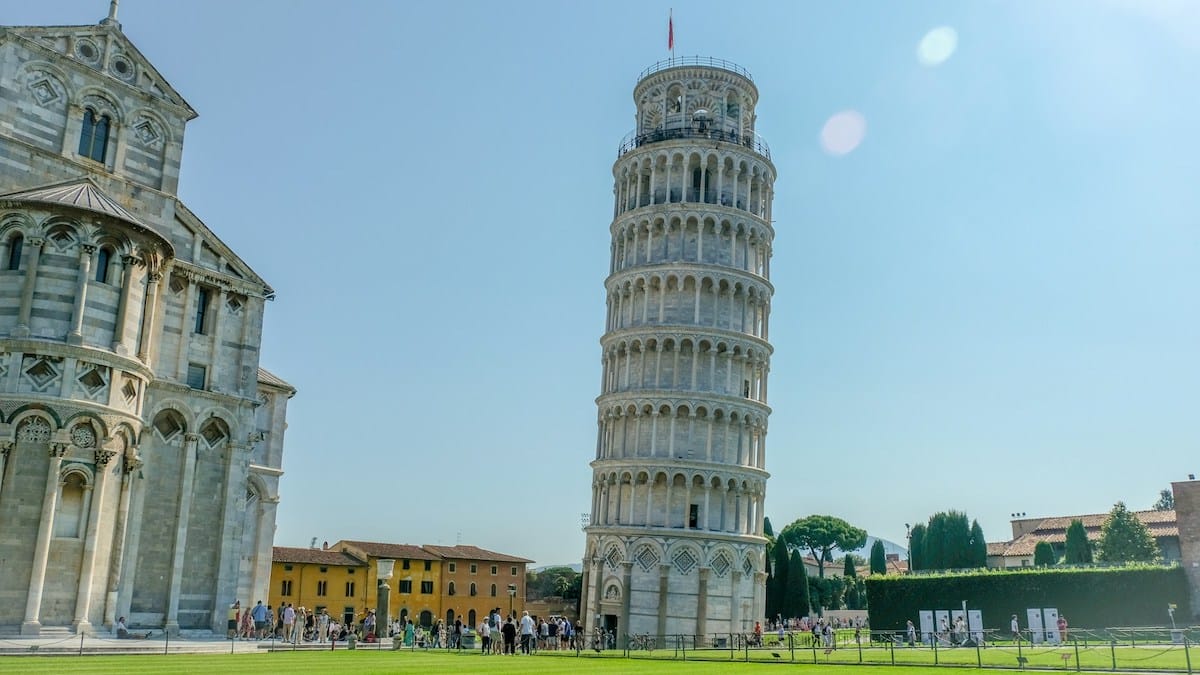
We’re happy to know that the Leaning Tower of Pisa is safe for many years to come. Photo credit: Pauline Lu
Update Notice: This post was updated on October 16, 2024.
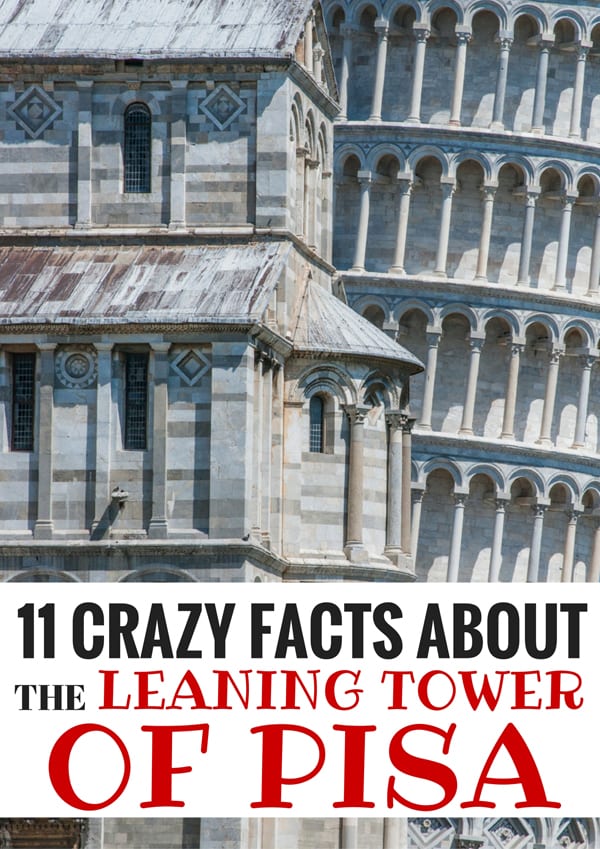
by Gina Mussio
View more by Gina ›Book a Tour

Pristine Sistine - The Chapel at its Best
€89
1794 reviews

Premium Colosseum Tour with Roman Forum Palatine Hill
€56
850 reviews

Pasta-Making Class: Cook, Dine Drink Wine with a Local Chef
€64
121 reviews

Crypts, Bones Catacombs: Underground Tour of Rome
€69
401 reviews

VIP Doge's Palace Secret Passages Tour
€79
18 reviews

Legendary Venice: St. Mark's Basilica, Terrace Doge's Palace
€69
286 reviews









